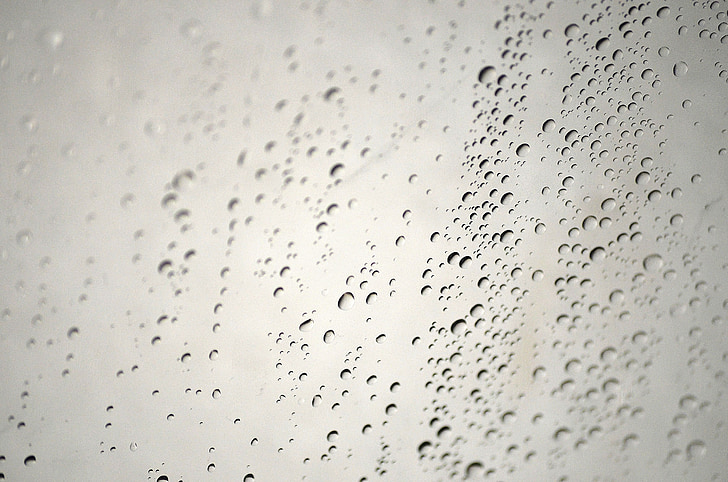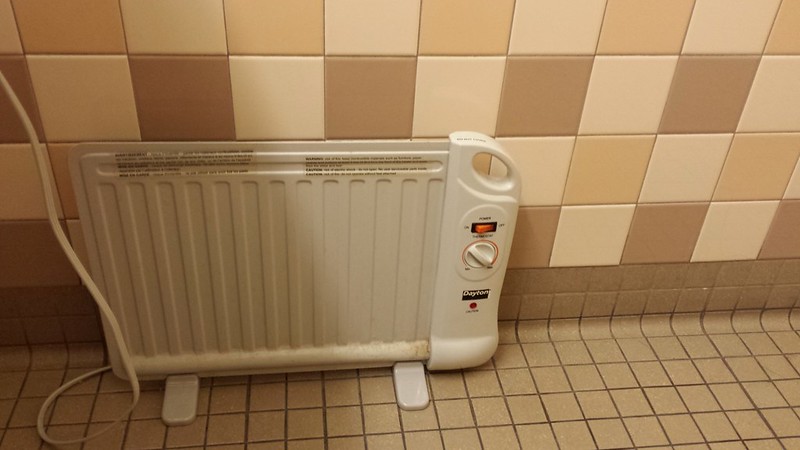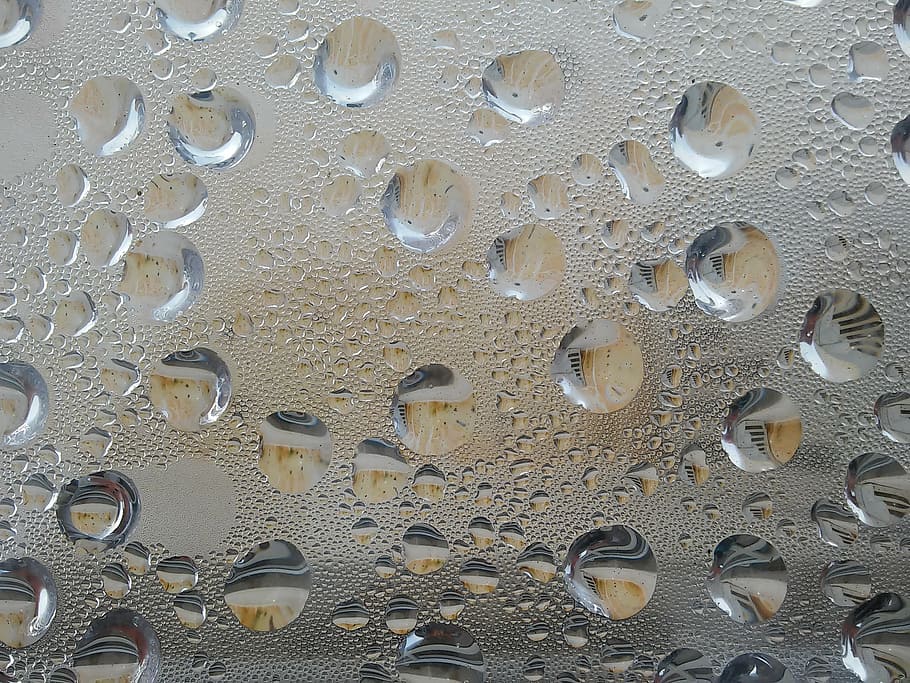
How to address bathroom moist
- On October 14, 2021
Does your bathroom feel like a sauna facility where you will start sweating after staying for 5-10 minutes without taking a bath?
That can be blamed on poor ventilation. As much as bathrooms are not designed as places where we stay for a long time, there’s still a need to improve the air quality and overall condition of this part of your house.
In this blog post, we’re going to talk about how to avoid too much moisture that causes mold and other harm inside the bathroom.
Improve ventilation

One of the things that we usually take for granted is the air quality inside the bathroom. It is crucial to check if there’s proper ventilation inside this important part of the house.
Without proper ventilation, warm air will be stuck inside the bathroom and once it touches a cold surface, moisture will start to develop. As we discussed in our earlier blog post last month, moisture causes many problems inside the bathroom.
Too much moisture results in mold growth, a smelly bathroom, and hard-to-remove dust and dirt.
To improve ventilation, you can simply add a window on your bathroom wall or an extractor fan or exhaust fan. These are all meant to keep the air circulating properly every time someone uses the bathroom.
With windows installed or an exhaust fan in place, the warm air produced inside the bathroom can be extracted outside and fresh air can travel inside the bathroom. Improved ventilation works wonders in preventing moisture.
If both options are not possible, you can simply open the bathroom door after each use to let the warm air out and the cold and fresh water in.
Increase temperature in the bathroom

You might ask, “If we’re trying to get warm air outside the bathroom, why would we like to keep the bathroom warm?” That’s a good question but this is the logical explanation.
Moisture is produced when warm air touches a cold surface of the bathroom like the mirror or the floor tiles. Now, if these surfaces are warmed, the warm air will not come into contact with anything cold, thus moisture will not be produced. This is the reason why warm rooms are good at fighting moisture. There are fewer cold surfaces onto which water vapor can condense.
Some of the things you can add to your bathroom to keep it warm are underfloor heaters or a radiator. What they will do is warm the surfaces of the bathroom to prevent condensation and moisture production.
Make sure your water heater is working properly too because it’s a basic appliance that can help keep your bathroom warm. If you have a malfunctioning heater, get professional water heater repair or installation services.
Pay attention to the surfaces

If you can’t add an underfloor heater or a radiator to your bathroom to keep the surfaces warm, you can simply wipe these surfaces after taking a bath so that moisture will not stay.
You may notice that after taking a bath, there are drops of water or moisture covering the mirror, the glass shower screen, and the bathroom walls. What you can do is wipe these surfaces before leaving the bathroom. This way, moisture will not stay inside and dirt will not get stuck on the surfaces.
Choose the right type of paint

Last but not the least, you can choose a type of paint that prevents moisture. They are called anti-condensation paint that is formulated to resist and fight moisture.
They have substances that keep moisture from developing inside closed surfaces like the bathroom. Having this type of paint applied to the walls of your bathroom will add a layer of protection to this part of your house.
You can apply this paint on the ceiling or the walls if you can keep one of the walls concrete.
We hope these tips can help you prevent moisture inside your bathroom so you’ll have fewer problems to deal with like mold growth, stubborn dirt, and accessory damage.



0 comments on How to address bathroom moist